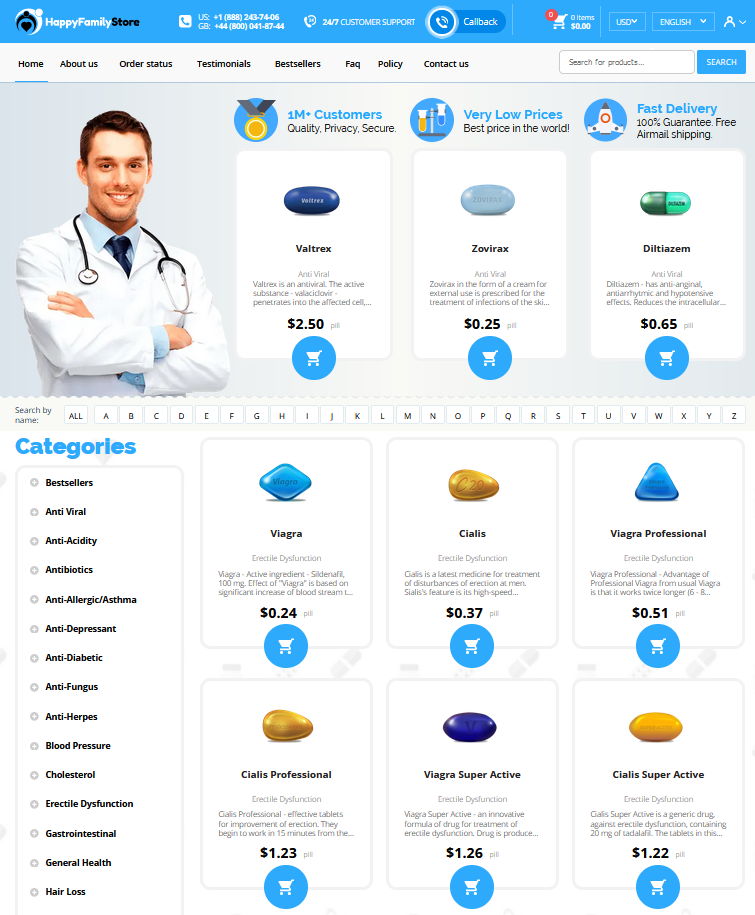Understanding Prednisone: How It Works in Children Prednisone, a corticosteroid, plays a crucial role in managing inflammatory and autoimmune conditions in pediatric patients. It mimics the functions of hormones naturally produced by the adrenal glands and works to suppress inflammation and modulate the immune response. This action is particularly beneficial in children, where rapid symptom relief is often necessary for conditions affecting overall growth and development. Administering prednisone in children requires understanding their unique physiological needs. Unlike adults, children's bodies metabolize drugs differently, necessitating careful dosage adjustments. Pediatricians need to balance efficacy with safety, ensuring adequate suppression of symptoms while minimizing potential side effects.  Prednisone in Pediatrics: Special Considerations and Advice
Prednisone in Pediatrics: Special Considerations and Advice
Function
Role in Children
Anti-inflammatory
Reduces swelling and pain in various conditions
Immunosuppressive
Modulates the immune system to prevent severe reactions
When prescribed appropriately, prednisone can significantly improve the quality of life in pediatric patients, helping them return to normal activities faster.
Common Pediatric Conditions Treated with Prednisone

Prednisone is often prescribed in pediatrics for a myriad of conditions that need immune system modulation and inflammation control. Children with asthma frequently receive this medication to ease breathing difficulties during acute exacerbations. It’s also utilized in treating severe allergic reactions when antihistamines are not sufficient. Beyond these, prednisone serves as a critical component in managing autoimmune disorders such as juvenile idiopathic arthritis and systemic lupus erythematosus. Hematologic disorders, including certain types of anemia and idiopathic thrombocytopenic purpura, also benefit from its anti-inflammatory and immunosuppressive properties.
Dosage Guidelines and Adjustments for Young Patients
Determining the appropriate prednisone dosage for children requires careful consideration of several factors, such as the child's weight, age, and specific medical condition. This corticosteroid is a potent anti-inflammatory and immunosuppressant, often necessitating tailored dosing to balance effectiveness with minimizing side effects. Pediatricians typically adjust dosages based on individual responses and the severity of symptoms, ensuring that each child receives the optimal therapeutic benefit.
Adjustments may also occur during the course of treatment to address any changes in the child's condition or response to the medication. Regular monitoring by healthcare professionals is crucial to ensure safety and efficacy. By staying vigilant, doctors can modify treatment plans and intervene promptly if needed, providing the best possible care for young patients. Parents should maintain open communication with their child's healthcare team to stay informed about dosage plans and any adjustments required over time.
Potential Side Effects: What Parents Should Know

For parents, navigating the world of medications like prednisone can be challenging, especially when considering side effects. While prednisone is effective in treating various inflammatory conditions in children, awareness of its potential side effects is crucial. Commonly, children may experience increased appetite, mood changes, or difficulty sleeping. Understanding these effects helps parents ease their child's experience and address any behavioral changes.
Longer-term use of prednisone requires careful attention to more serious side effects, such as potential bone density loss or slower growth. Regular monitoring and maintaining open communication with healthcare providers are essential. Proactively discussing concerns with doctors ensures that parents are informed and prepared to manage any side effects.
Moreover, knowing how to handle abrupt changes or unexpected reactions is vital for parents. Gradual tapering of the dosage often helps prevent withdrawal symptoms. By familiarizing themselves with the potential side effects and maintaining regular check-ins with the healthcare team, parents can be instrumental in safeguarding their child's health while benefiting from prednisone's therapeutic effects.
Long-term Use: Risks and Monitoring Strategies
Prednisone, a versatile medication in pediatric care, demands careful scrutiny when used for extended periods. While effective in managing chronic conditions like asthma or autoimmune disorders, long-term use can present several risks that require vigilant monitoring. Prolonged exposure may lead to growth suppression, osteoporosis, and increased susceptibility to infections, among other issues. Therefore, healthcare providers must work diligently to balance the therapeutic benefits against these potential side effects. Careful tapering of dosage and regular check-ups are integral to minimizing risks and ensuring safe usage.
| Key Risks of Long-Term Prednisone Use | Monitoring Strategies |
|---|---|
| Growth suppression | Regular height and weight measurements |
| Osteoporosis | Bone density assessments |
| Increased infection risk | Routine health evaluations |
Parents play a crucial role in this process, staying alert to any unusual changes in their child's health. Open dialogue with healthcare professionals ensures that any concerns are addressed promptly, and that children receive the most effective, safe treatment possible.
Effective Communication: Addressing Parents' Concerns and Questions
Engaging with parents effectively when their children are prescribed prednisone involves empathy, clarity, and reassurance. Begin by acknowledging the multitude of emotions that parents may feel, which can range from confusion to apprehension. By establishing a compassionate dialogue, healthcare providers can help demystify the medication's purpose and benefits.
It's crucial to communicate in simple terms, breaking down complex medical jargon into digestible information. Ensure parents understand the dosages, expected outcomes, and potential side effects, making it easier for them to manage treatment confidently. In doing so, you're equipping them with the knowledge they need to feel more in control.
Addressing worries about risks and long-term impacts head-on reinforces trust. Be open about monitoring processes and what measures are in place for safety, which can alleviate anxiety. Use open-ended questions to encourage parents, inviting them to share additional concerns.
Lastly, emphasize the importance of collaboration. Encourage parents to maintain a two-way communication channel throughout the treatment process, thus ensuring any emerging issues are addressed promptly. By fostering a partnership, parents are reassured, knowing that they, too, play an essential role in their child's health journey. Mayo Clinic National Center for Biotechnology Information
